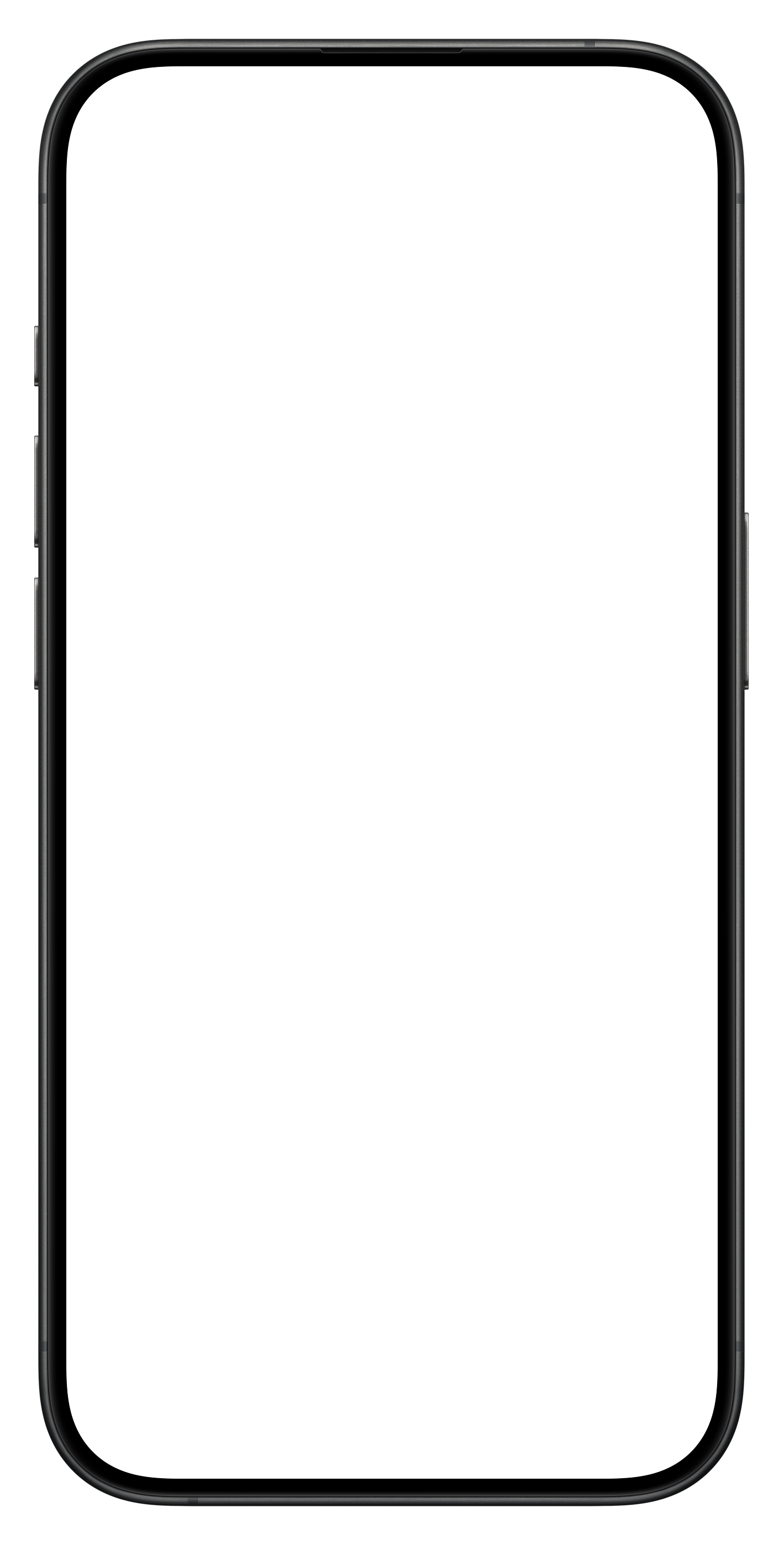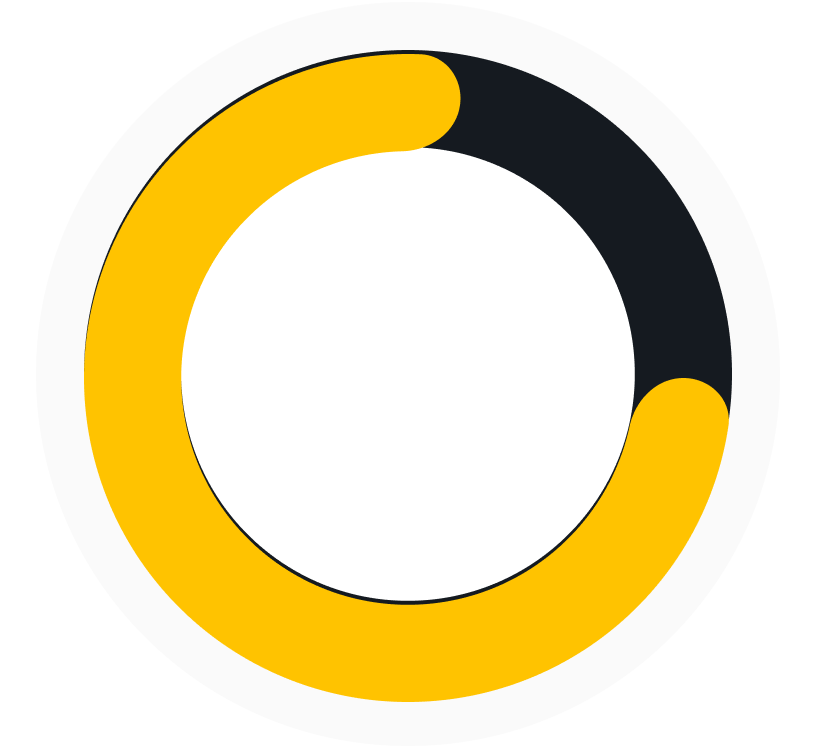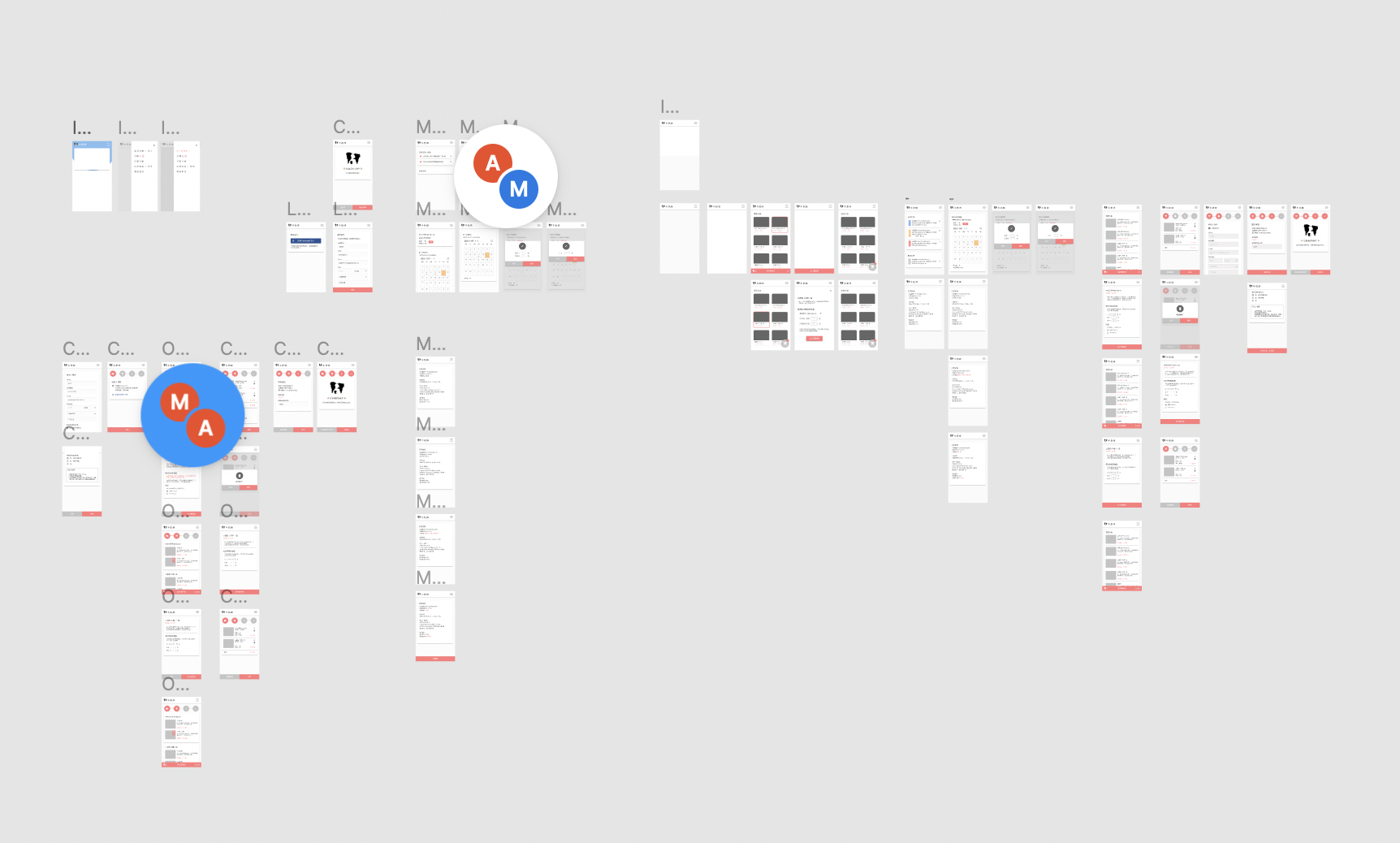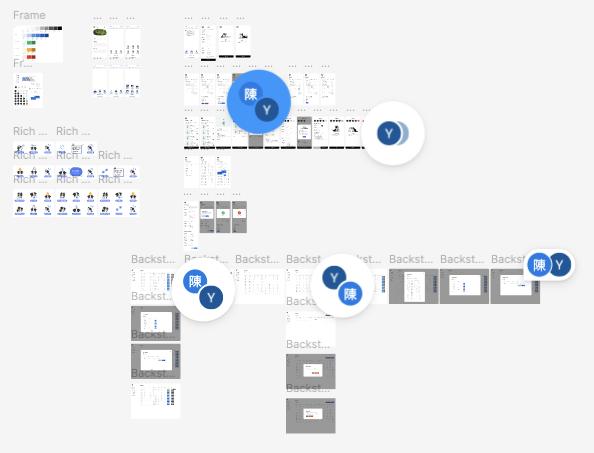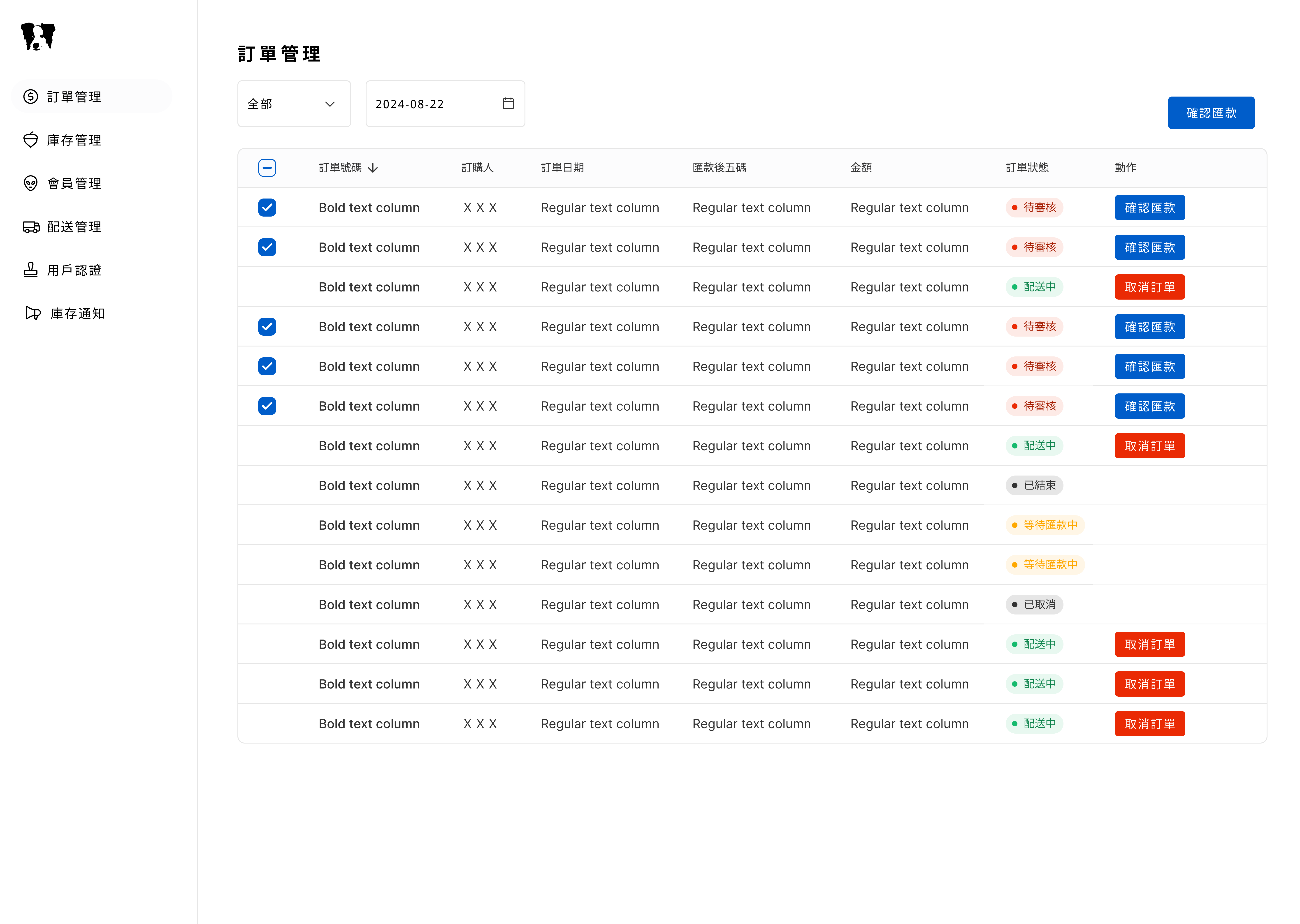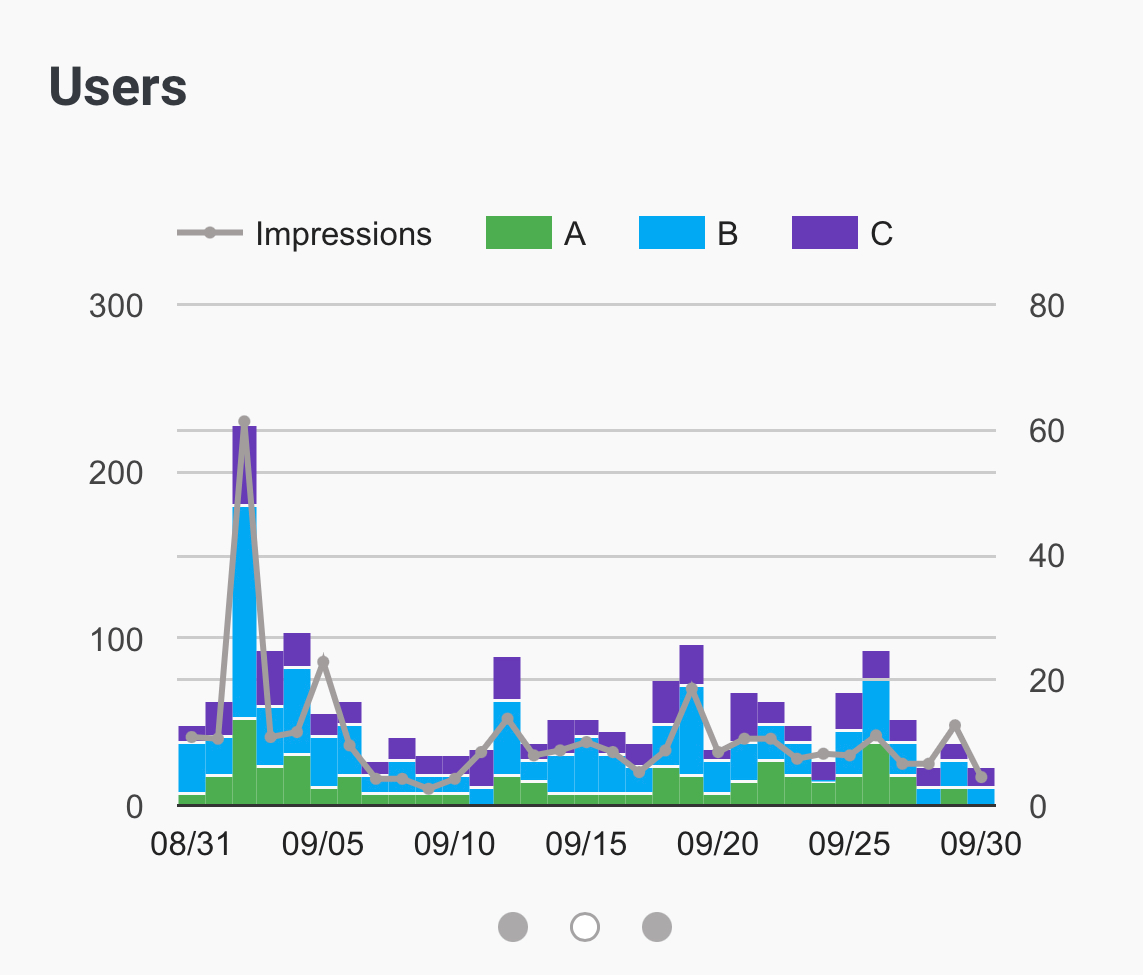Project Overview
This project addresses the challenges faced by a local dairy agency, primarily a severe lack of workforce in customer service.
To alleviate this, a Line bot was developed to automate key customer interactions, streamline stock management, and improve delivery efficiency.
Role
Interviewer, Designer, Developer
Tool
Figma, Bing AI, Contextual Inquiry,
Google App Script, Line Official Account
Team Size
Freelance Project, Team of 3 people
Lack Work Force
Since the business is a start-up, only 3 staff work on costumer service and had to deal with over 100 customers per day, which caused overworking.
Stock Management
Since the business is a start-up, only 3 staff work on costumer service and had to deal with over 100 customers per day, which caused overworking.
Delivery Optimization
In order to decrease the delivery cost, the agency have to optimize the best route of the 600 addresses per week.
Customer Frustrates
Changing weekly delivery amounts is a source of frustration for 78% of customers, who often encounter long wait times for customer service.
Time Waste
Due to the delivery amount flexibility the agency offer to their customers, the customer service used 69% of their time adjust the delivery amount
Stock Waste
We observed that 20% of stocks in average were wasted per week, due to not timely adjustment of customers’ delivery order
Prototype 1
After discussing with the CEO and conducting basic user research, we decided to build up a website for customer to check their left stocks and adjust their delivery order first.
User Testing
However, when we finished the first prototype, we invited some customers to try the new applications, but their reactances did not seem so well.
According to the interviews, they pointed out that it is inconvenient to download a new APP and learn to use the new APP and interface, decreasing the accessibility and the willingness to purchase.
Preference for Existing Platforms
Customers expressed a strong preference for utilizing existing platforms, Line, which is the most widely used messaging app in Taiwan.
Limited Tech Savviness
50% of the target customer base consists of individuals aged 50 and above with limited technological proficiency.
Lack of Interaction
Customers felt a lack of human interaction, potentially reducing their trust and comfort level, leading to decreased purchase intent.
Redesign
Therefore, we found that we missed an important factor most of our customers originally used Line, the most widely use communication application in Taiwan, and 92% of our customers mainly use Line as the customer service tool and 8% of them use Meta and phone calls.
As a result, we changed our decision of making a new website into extending the original functions on the Line Official Account and building up an automatic response robot.
Client-Side Solutions
Focus on the Line Platform
Design the entire user interface and interaction flow within the Line environment. Avoid forcing users to leave the app.
Customer Self-service
To solve the lack of workforce, we decided to let customers modify their delivery amount before the company starts the delivery process.
Therefore, staff would not have to spend a lot of time dealing with those order changes and customers still have flexibility on their delivery amount.
Client-Side Solutions
Efficient Data Management
Develop a robust and scalable database to store and manage customer data, order information, stock levels, and delivery schedules.
Automated Order Processing
Automate order processing, including order confirmation, stock adjustments, and delivery scheduling, to minimize manual intervention.
Bing AI
Given the company's distinctive logo featuring a border collie, I sought to seamlessly integrate this visual element throughout the Line bot interface. To achieve this, I utilized Bing AI to generate a series of charming and unique border collie illustrations.
These AI-generated illustrations not only added a playful and consistent visual identity, reinforcing the company's brand, but also improved user experience in several ways. They served as visual cues, guiding users through the various functionalities of the Line bot. For example, an illustration of a happy border collie accompanied the "Order Confirmation" message.
Current Status
According to the backstage statistics, it helps reduce 50% of manual messages per month.The solution is not only simpler and cheaper than building a website but also more effective and solves the problems.
This project was a valuable learning experience in understanding the importance of user-centered design and platform accessibility. The initial prototype, while functional, failed to address the core needs and preferences of the target audience. The pivot to a Line integration was crucial to the project's success.
It reinforced the importance of thorough user research and iterative design. I learned how to effectively leverage AI tools for visual design and how to build a scalable and efficient backend system. Furthermore, this project highlighted the power of integrating solutions within existing, widely used platforms to maximize adoption and minimize user friction.
If I were to revisit this project, I would explore further opportunities for personalization within the Line bot, such as personalized delivery recommendations based on past orders and stock availability. I would also conduct more rigorous A/B testing on different UI elements and conversational flows to further optimize the user experience.
This project deeply ingrained in me how crucial user experience is to a product's success, which is why I'm now pursuing HCI studies to deepen my understanding of research methods and user-centric design.
